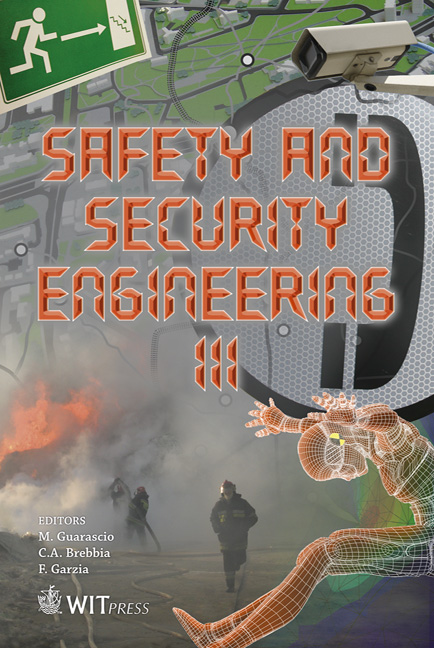Impact Response And Ballistic Performances Of Graphitic Foams
Price
Free (open access)
Transaction
Volume
108
Pages
10
Page Range
439 - 448
Published
2009
Size
1,975 kb
Paper DOI
10.2495/SAFE090411
Copyright
WIT Press
Author(s)
G. Janszen & P. G. Nettuno
Abstract
The demand for low weight structures that can achieve different structural, thermal and safety results is increasing in multiple engineering applications. Graphitic foam, due to its low density, relatively easy machine tooling, stiffness and homogeneity can be a good choice for sandwich panel filling. Moreover, in spite of its brittle general behaviour, this kind of material, due to its cellular structure and mechanical behaviour, can have interesting ballistic properties by exploiting the compressive behaviour of the material. Subsequent impact against cell walls, as well as the strain rate dependency of the mechanical limits, leads to high energy absorption. Taking into consideration that there have been no studies about this topic, this research was oriented towards a macroscopic identification of the material performances. A numerical Ls-Dyna model was implemented on the basis of bibliographic research and several static characterization tests on foam samples. The model was developed based on a cellular material that could involve strain rate effects: strain rate dependent compressive stress-strain curves were developed based on micromechanical models typical of ceramic materials and backed out to fit a specific speed impact test. A ballistic testing campaign was performed by measuring the response of two different foam density samples (0.56 g/cm3 and 0.24 g/cm3). The first type of ballistic test was performed using a spherical steel impactor with a diameter of 5 mm and mass of 0.5 g. It collided perpendicularly with a 50 mm x 50 mm x 40 mm block of carbon foam at speeds of 240, 210, and 75 m/s. Other tests in the same speed range were performed on a 400 mm x 400 mm x 40 mm reinforced carbon fibre panel hit by a 93 g and a 53 g steel cylindrical bullet (diameter 22 mm, length 40 mm). The results of a specific speed test were used to fit the model and then used to reproduce all other cases. Very high agreement between the experimental results and the simulation was achieved. Keywords: carbon foam, ballistic impacts.
Keywords
carbon foam, ballistic impacts





